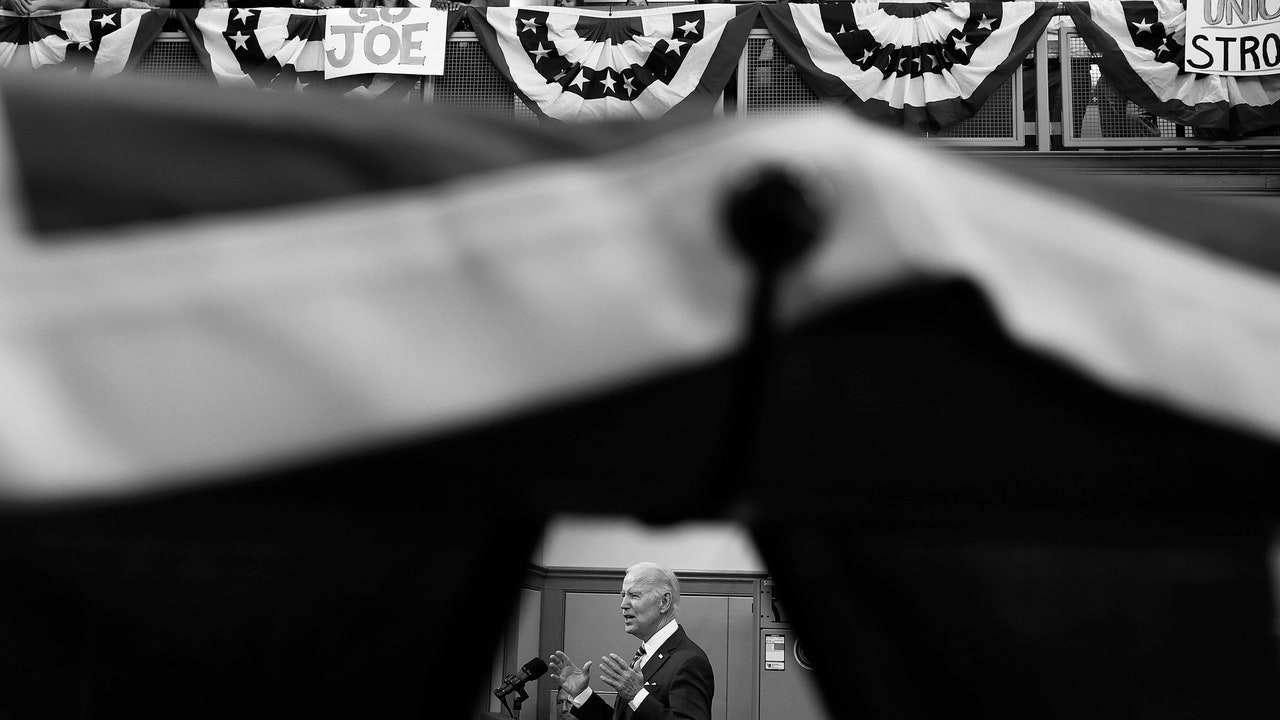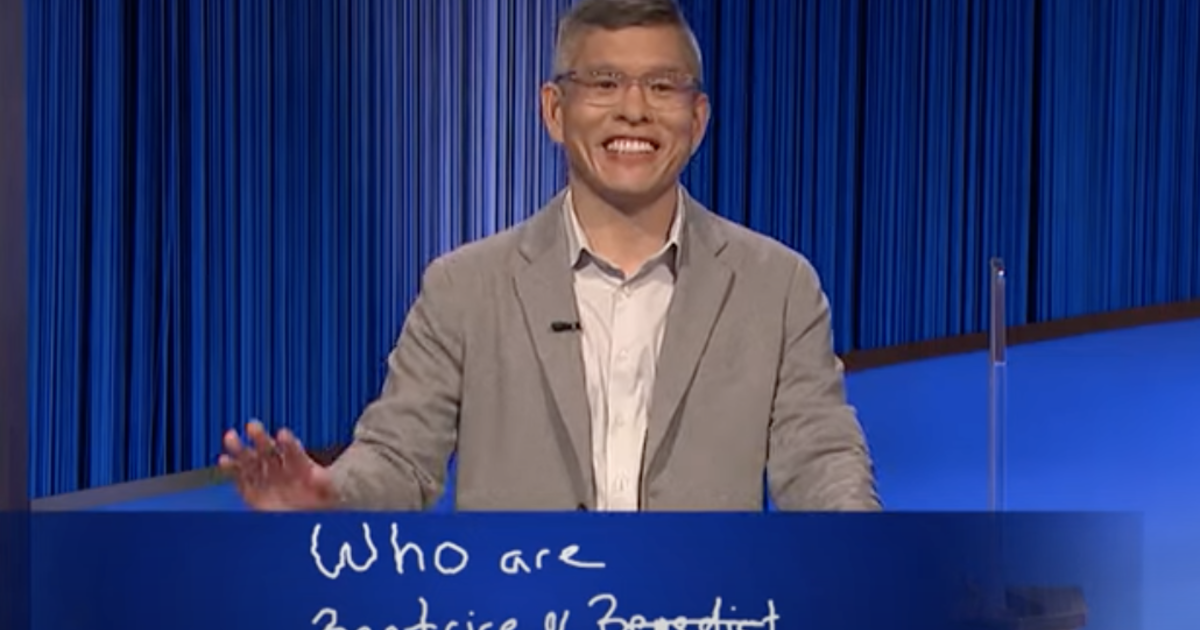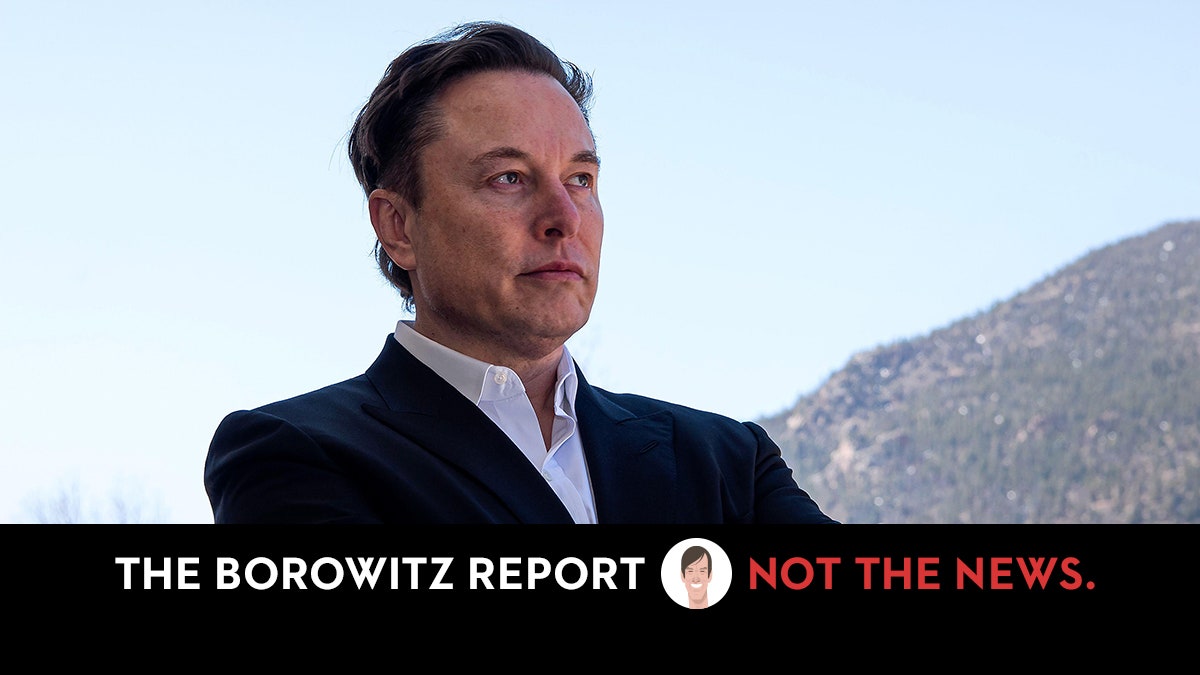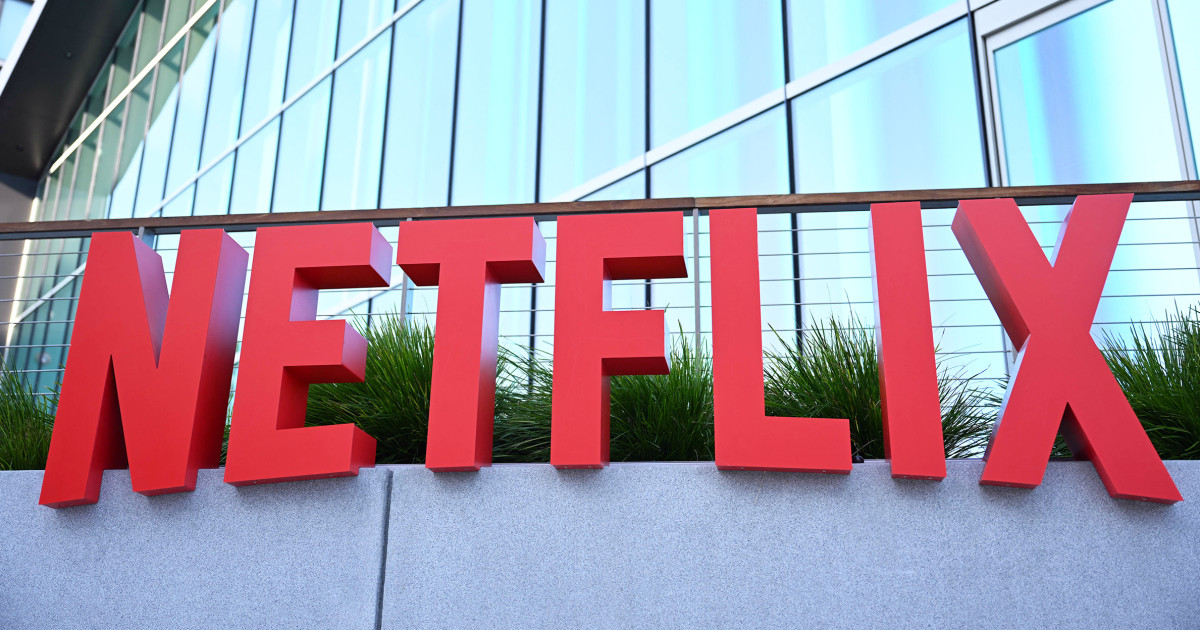How Joe Biden’s Economic Ratings Could Rebound with Voters

Last Friday, the Labor Department announced that the economy created another two hundred and fifty-three thousand jobs in April, a solid number that brought the total employment gains since Joe Biden became President to a whopping 12.7 million. The unemployment rate dropped to 3.4 per cent, which tied for the lowest monthly rate since 1969. On Sunday, a new ABCNews/Washington Post poll showed that Biden’s approval rating had fallen to a new low of thirty-six per cent, down from forty-two per cent in February. Asked whether Biden or Donald Trump did a better job of running the economy, thirty-six per cent of the respondents said Biden; fifty-four per cent said Trump.
This poll was most likely an outlier; other recent polls have put Biden’s approval ratings in the low forties. But the survey data, taken over all, do illustrate a significant political challenge facing the President as he sets out on the 2024 campaign trail. Job creation is arguably the single most tangible measure of how an economy is faring, and under Biden it has been consistently strong. (I hear you say, “What about inflation?” I’ll get to that.) Yet, in an Economist/YouGov poll that was also released last week, just twenty-seven per cent of respondents said the economy was “Excellent” or “Good,” compared with sixty-nine per cent who said it was “Fair” or “Poor.” Even among the respondents who’d voted for Biden in 2020, a majority—fifty-six per cent—said the economy was “Fair” or “Poor.”
What is responsible for this disconnect? If you speak to Democrats, some of them blame the media for focussing on negative economic news, and they have a point. Friday’s jobs report showed that the labor-force participation rate for prime-age workers—those between twenty-five and fifty-four—rose to 83.3 per cent last month, the highest figure since 2008. In the main body of the American workforce, labor supply has now fully recovered from the pandemic. The jobs report also showed that the jobless rate among Black Americans has dropped to 4.7 per cent, the lowest rate since the government started collecting this figure, in 1972. The tight labor market is benefitting some of the poorest and least-advantaged groups in our society, and Biden’s policy of propping up over-all demand with a big stimulus early in his tenure is at least partly responsible for it. But neither of these data points got much pickup, certainly not in the broadcast media.
The media could certainly do a better job of highlighting the crosscurrents in the economy, including the positive ones. That said, it didn’t make up the big jump in inflation over the past couple of years, or the ongoing public concern about them. The Economist/YouGov survey asked people to rank the importance of more than a dozen issues, including jobs, inflation, health care, national security, crime, and abortion. The one most commonly ranked as very important was “Inflation/prices.”
On the face of it, that may seem a bit surprising. Since June of last year, when the inflation rate peaked at 9.1 per cent, it has fallen to five per cent—more good news. The key political point, however, is that, in the past couple of years, price rises have outstripped wage gains. When people organize their household budgets, what really matters to them is their purchasing power as prices rise—i.e., their inflation-adjusted earnings. According to the Labor Department, inflation-adjusted hourly earnings fell 0.7 per cent in the twelve months to March. And this decline came on top of a 2.7-per-cent drop during the previous twelve months. On the basis of these figures, it’s hardly surprising that many Americans are in a funk about the economy.
There is some encouraging inflation news for the White House, however. In recent months, rises in wages have practically caught up with rises in prices. The broadest and most reliable measure of wage trends is the Employment Cost Index, which the Labor Department releases on a quarterly basis. The latest report shows that, in the twelve months to March, wages and salaries increased by five per cent, matching the rise in the Consumer Price Index during the same period.
The White House, therefore, has some grounds for hoping that between now and the election, inflation concerns will start to abate, and the voters (and the media) will start to give Biden at least some credit for the positive things happening in the economy—which also include a revival in manufacturing employment, much of it in red states. The optimistic scenario is that the economy will actually achieve the “soft landing” that metaphor-challenged economists have been talking about for the past year and a half, with G.D.P. growing, inflation contained, and wages rising a bit faster than prices.
Such an outcome depends on two things that are largely out of Biden’s control: the inflation rate continuing to come down, and the economy managing to avoid a recession. A government default, over which Biden has limited control, also poses a threat.
In terms of inflation, the Labor Department will release the Consumer Price Index for April on Wednesday. The Federal Reserve Bank of Cleveland’s “Nowcast” model is predicting it will show the over-all inflation rate ticking up a bit from March, to 5.2 per cent, and the so-called core rate, which excludes volatile food and energy prices, staying steady at 5.6 per cent. If this forecast proves accurate, it will probably generate some negative headlines. But there is other evidence that price pressures are still steadily receding, and some economic prognosticators think that inflation will fall a good deal further over the summer. Pantheon Macroeconomics, for example, is predicting that, by September, the headline rate of inflation will be 3.1 per cent, and the core rate will be 4.2 per cent.
Even if that specific forecast proves overly optimistic, the threat of a nineteen-seventies-style wage-price spiral, which was always exaggerated, is fast receding. (Did someone mention good news?) The larger threat now is of the economy falling into a recession brought on by the Fed’s interest-rate hikes (last week, it raised the federal funds rate for a tenth time, to 5.0-5.25 per cent), by an expansion of the banking crisis, or by the G.O.P.’s kamikaze tactics on the debt ceiling—or by a combination of all three.
During the first three months of the year, according to the Commerce Department’s initial report, real G.D.P. expanded by just 1.1 per cent on an annualized basis. This slowdown demonstrated how higher interest rates are biting interest-sensitive parts of the economy, such as real estate and finance. The Fed’s staff economists are now predicting that a mild recession will begin before the end of 2023. At a press conference last week, the Fed chair, Jerome Powell, expressed disagreement with this assessment and said he believed the most likely outcome was “that the economy will continue to grow at a modest rate this year.”
Powell could be proved correct. The American economy is a lumbering giant and it doesn’t go down easily. Friday’s jobs report indicated it still has forward momentum. However, this momentum almost certainly wouldn’t survive a broader banking crisis or a U.S. debt default. Right now, the first threat seems to be contained, although you never can be sure given the inherent fragility of banking systems. A debt default would be completely unnecessary, utterly illogical, economically disastrous, and politically toxic for those responsible. For all these reasons, it shouldn’t be a serious possibility, and investors on Wall Street are assuming it isn’t. (The Dow is still up slightly on the year.) As Biden prepares to meet with Congressional leaders on Tuesday, we can only hope the Street has got this one right. ♦










